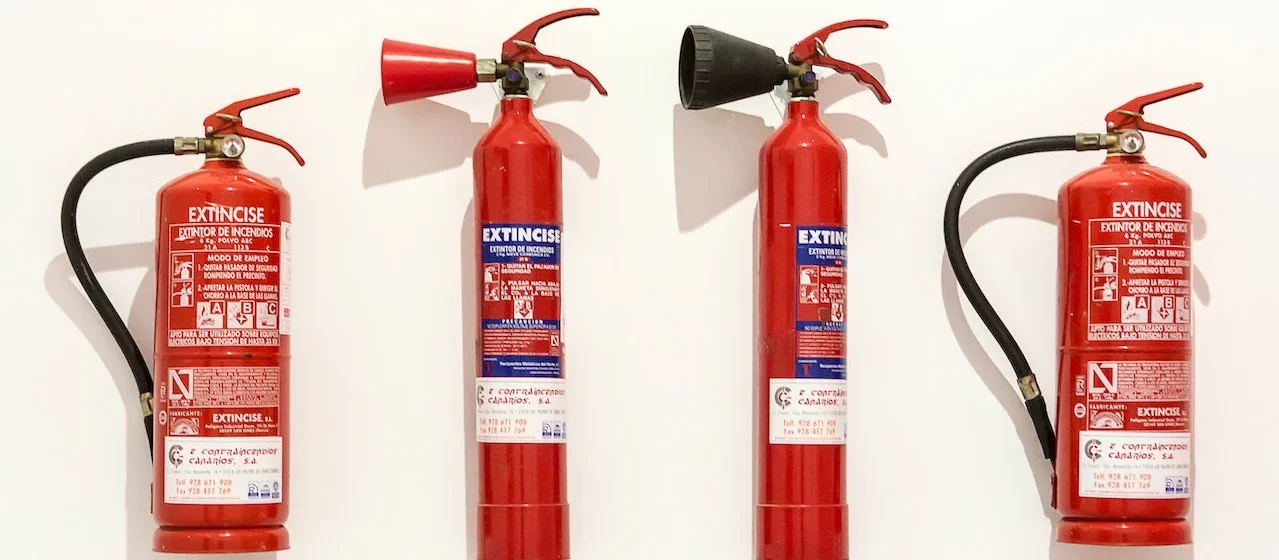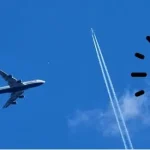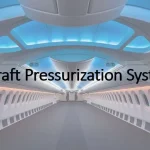Fire safety is a critical aspect of aviation, and fire extinguishers play a crucial role in preventing and containing fires on aircraft. The Federal Aviation Administration (FAA) has established strict regulations regarding the installation, inspection, and maintenance of fire extinguishers on aircraft, depending on their type and size.
Understanding the importance of fire extinguishers in aviation is essential for both passengers and crew members, as it can help prevent disasters and ensure a safe and comfortable flight. This article explores the role of fire extinguishers in aviation, including the types used, FAA regulations, and the importance of fire safety in flight.
Are fire extinguishers required in aircraft?
Yes, fire extinguishers are required in aircraft as a safety measure in case of a fire emergency. The Federal Aviation Administration (FAA) requires that all aircraft be equipped with appropriate fire extinguishing equipment, including portable fire extinguishers. The specific type, number, and location of fire extinguishers required on an aircraft depend on the type and size of the aircraft.
The FAA regulations also require that the fire extinguishers be inspected and maintained in accordance with the manufacturer’s instructions and that they are readily accessible to the crew in case of an emergency. Additionally, crew members are trained on the proper use of fire extinguishers and other fire safety procedures as part of their initial and recurrent training.
Importance of Fire Extinguishers in Aviation
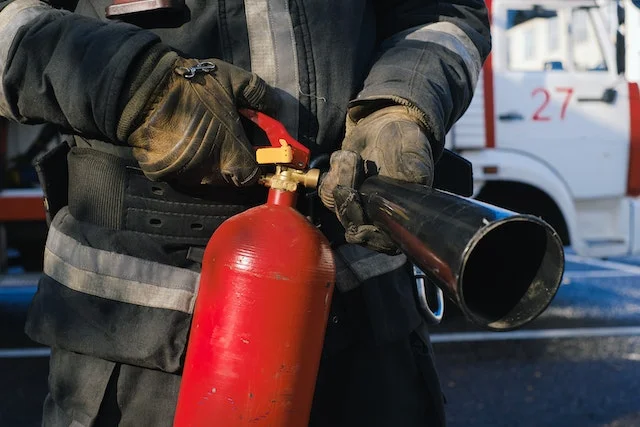
Aviation fires can occur for a variety of reasons. A plane’s electrical systems, hydraulic systems, or fuel systems can all malfunction and start a fire. Additionally, fires can be caused by external factors such as lightning strikes or engine failure.
When a fire breaks out in an aircraft, it can quickly spread and become uncontrollable. This is where fire extinguishers come in.
Fire extinguishers in airplanes are designed to be quick and easy to use. They are strategically placed throughout the aircraft, usually near exits and in the cockpit. In the event of a fire, passengers or crew members can grab the nearest fire extinguisher and use it to try to put out the flames.
Types of Fire Extinguishers Used in Aviation

There are several different types of fire extinguishers used in aviation. The most common types are water, foam, and carbon dioxide (CO2) extinguishers. Each type of extinguisher is designed to put out a different type of fire.
Water extinguishers are used for Class A fires, which are fires that involve ordinary combustibles such as paper, wood, and cloth.
Foam extinguishers are used for Class A and B fires, which involve flammable liquids such as gasoline or oil.
CO2 extinguishers are used for Class B and C fires, which involve electrical equipment and flammable gases.
FAA fire extinguisher requirements
The Federal Aviation Administration (FAA) has established regulations for the installation, inspection, and maintenance of fire extinguishers in aircraft. The specific requirements for the type, number, and location of fire extinguishers vary depending on the type and size of the aircraft.
Here are some of the FAA fire extinguisher requirements for different types of aircraft:
- Small Aircraft with a Seating Capacity of Fewer than 31 Passengers:
- At least one portable fire extinguisher must be installed within the reach of the pilot’s seat.
- The extinguisher must be of an approved type and have a minimum capacity of 2.5 pounds of Halon or an equivalent extinguishing agent.
- Large Aircraft with a Seating Capacity of 30 or More Passengers:
- Multiple fire extinguishers must be installed throughout the aircraft, including in the cockpit, cabin, galley, and cargo compartments.
- The number of extinguishers required depends on the seating capacity and other factors such as the number of lavatories and galleys.
- The extinguishers must be of an approved type and have a minimum capacity of 9 pounds of Halon or an equivalent extinguishing agent.
- At least one extinguisher must be located in the cockpit within the reach of the pilot’s seat.
- Cargo Aircraft:
- Cargo aircraft carrying hazardous materials must be equipped with at least one Class B fire extinguisher with a minimum capacity of 150 pounds of Halon or an equivalent extinguishing agent.
- Other cargo aircraft must be equipped with at least one portable fire extinguisher with a minimum capacity of 2.5 pounds of Halon or an equivalent extinguishing agent.
In addition to these requirements, the FAA mandates that fire extinguishers be inspected and maintained in accordance with the manufacturer’s instructions. This includes regular checks to ensure that the extinguishers are properly charged and functioning correctly.
Crew members are also required to receive training on the proper use of fire extinguishers and other fire safety procedures as part of their initial and recurrent training.
Training Crew Members on Fire Extinguisher Use

While fire extinguishers are a crucial safety feature on airplanes, they are only effective if crew members know how to use them properly. This is why flight attendants and pilots undergo extensive training on fire safety procedures, including how to use fire extinguishers.
During training, crew members learn about the different types of fires and how to identify which type of extinguisher to use. They also practice using fire extinguishers in a simulated emergency scenario. This training ensures that in the event of a fire, crew members can act quickly and effectively to keep passengers safe.
The Importance of Regular Maintenance and Inspection
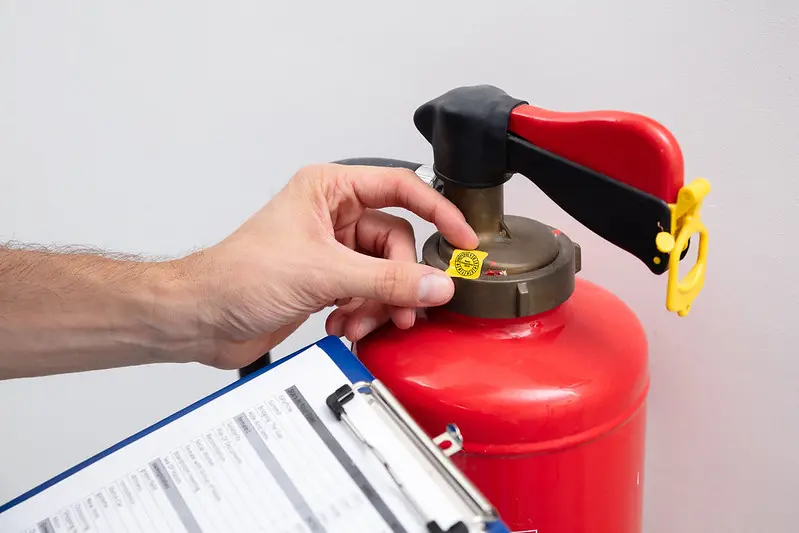
In addition to proper training, fire extinguishers in airplanes require regular maintenance and inspection to ensure that they are in good working order.
Airlines and their maintenance crews follow strict guidelines for inspecting and maintaining fire extinguishers, including checking the pressure, ensuring that the safety pin is intact, and inspecting the hose and nozzle.
Conclusion
From this article, we have learned how fire extinguishers are preventing and containing fires on aircraft. They can help prevent catastrophic fires and keep passengers and crew members safe in the event of an emergency.
By understanding the different types of fire extinguishers used in aviation and the importance of proper training and maintenance, airlines can ensure that their fire safety procedures are up to par and that passengers can feel confident in the safety of their flights.
